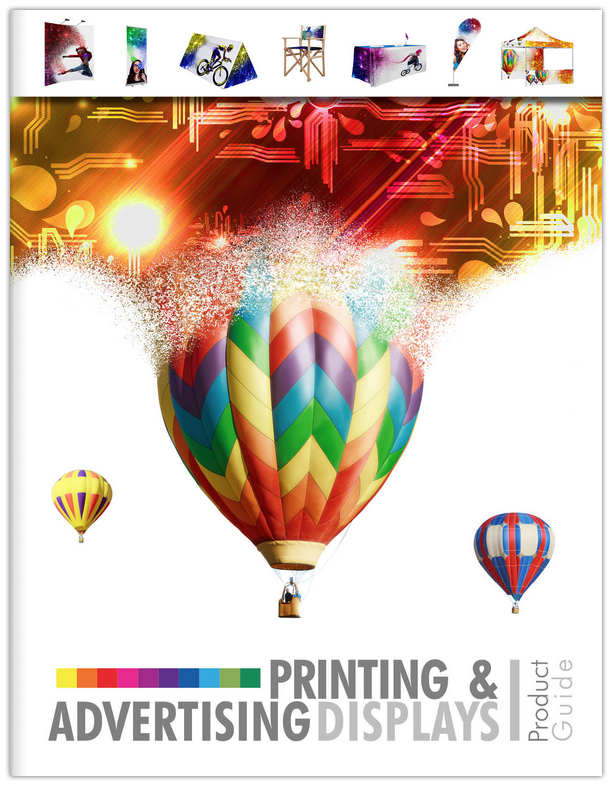Text Design
When it comes to text design and book page layout, there are important items to be discussed before making those types of decisions…
Know the Limits
To properly lay out the book’s pages, you need to know the limits regarding image area, margins, gutter, bleeds, and trim size.
 Image area
Image area
The image area is the section of the book page that can be printed. The image area of each page of your book must be within consistent and clearly defined margins. All text, page numbers, running headers, and artwork must be contained within this image area.
Margins
The example shown has our standard margins of 1/2” all around, with the exception of the binding edge (gutter), which is 5/8”.
Trim size
The trim size is the final size of the bound book, after the final trim has been made. Our standard trim sizes for non-bleed finished bound books are: 8.5″ x 11″, 7″ x 10″, 6″ x 9″, 5.5″ x 8.5″.
Bleed
A bleed is any printed area that runs off the edge of a book’s page. For the book’s text pages or cover, the bleed must extend beyond the trim area by at least 1/8”. For photographs, extend the bleed beyond the trim area by at least 1/4” to allow for trim and spine thickness variations.
Text Sections
The text pages for each section (chapter) are normally started on the right-hand page.
Page numbers
Odd numbered pages are normally on the right-hand page. Even numbered pages are normally on the left-hand page. Page numbers can be placed at the top or the bottom of the page, and either on the left, right, or center of the page.
Layout
Possibilities are limitless on how your book can be designed. We suggest you do not stray too far from standard layouts–otherwise, the layout itself may distract from the subject matter of the book, and make it harder to read and to sell. The following three samples show different ways to use text and graphics, along with margins and justification, to achieve the look you want for your book.

Text Design: Fonts
A font is a collection of letters with a unique and common design consisting of capital and lowercase, in roman, italic, numerals, and special characters.
Parts of a Letter
This graphic shows the different parts of a letter, and the name for each. The most common part of a letter that is known is the Serif (#3 in graphic). An example of a font with Serifs is AGaramond. An example of a font without Serifs (aka Sans Serif ) is Arial. Fonts with serifs are less tiring on the eye than fonts without serifs.
Font Style
A font can have many different styles: Regular, Bold, Condensed, Italic, Black, Oblique, Underlined, and others. These styles may also be combined to make other styles. For example, you can have a Bold – Italic – Underlined font.
If you are going to use different font styles, it is recommended that you use a font that contains that style. Most word processing and page layout programs will allow you to make a font bold, italic, etc.–but they are just simulating the font. For best results, use a font that contains the style you want. A simple example is AGaramond:

As you can see here, the choice of font and style is very important.







 Image area
Image area
















